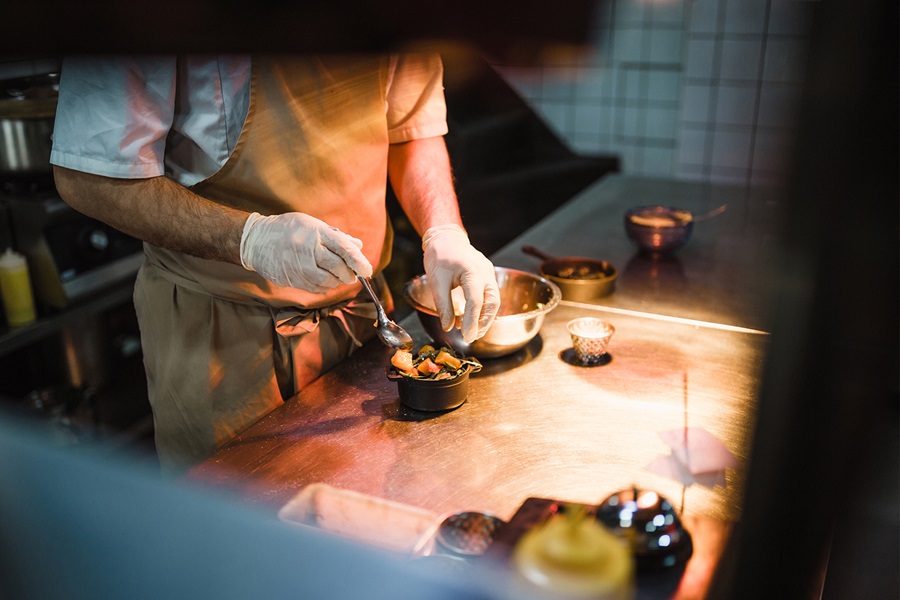Underlying shifts in consumer behaviours—accelerated by unprecedented current disruptions due to COVID-19 and other key drivers—are converging to generate sizeable changes in every sector, especially food and drink.
The food and beverage industry is at the epicentre of exciting experimentation. Often at the leading edge of cultural trends, the industry has propelled innovative concepts around wellness, sustainability, high-impact experiences and convenience for today’s demanding and time-pressed consumer. And while the current pandemic may have disrupted the food and beverage business like nothing ever before, in the long term it will clear the way for underlying trends to accelerate into the mainstream, as often happens with disruptions. For businesses, capitalising on these shifts will be critical in moving forward.
Doing good for yourself and the environment
The longstanding relationship between food and wellbeing is continuing to grow deeper and more complex as consumers’ understanding of wellness evolves. As perceptions of health become more holistic, the role of food is increasingly valued as a primary aspect of overall personal wellness. Food and beverage is inseparable from health and wellbeing.
In fact, many consumers are turning to newer options around food and drink for shorter-term immediate, tangible effects, such as lessening bloating, losing weight, building muscle, boosting beauty and even enhancing mood (without alcohol). Some are looking to superfood ingredients or new technologies that deliver nutrients to get "healthy" efficiently; others are looking at altogether new ways of approaching eating to support their mental health.
Alongside personal wellbeing, consumers are making food and drink choices to support the environment. In fact, according to Global MONITOR data, four-fifths of consumers see an overlap in wellbeing and environment.
Food and drink is also a pivotal environmental flashpoint. As the challenges of sustainability grow more urgent, many consumers are seeing that real progress can be made by demanding that food and beverage brands consider the bigger picture beyond their bottom line, recognise what isn’t working, and overhaul problematic systems to develop new ways of working that are in symbiosis with the environment.
Brands and organisations are meeting these consumer demands for environmental action. Supply chain tracking that allows for transparency and accountability on a mass scale is already in place and expanding for brands like Carrefour, Nestlé, JD.com and Walmart. And hyper-local alternatives such as community-supported agriculture, compost collectives and neighbourhood gardens—via which consumers can dramatically shorten supply chains—let consumers easily do good things for the environment with their food choices.
Looking for adventure and convenience
While wellbeing and sustainability are very important, food is also a key player in modern consumers’ relentless drive for experiences and sensation-seeking. New frontiers in food and drink stimulate the senses in novel ways and power social currency.
Food and beverage is a powerful catalyst for experiences. About two-thirds of consumers globally say they are “always looking for new experiences and sensations that will liven up my everyday activities”; food and drink is a primary way to do that. Many brands are delivering these higher-impact experiences, raising consumer expectations for the near- and long-term future. Dining out has become more dramatic and immersive, with more sophisticated sensorial experiences gaining momentum at on-premise dining via sights, sounds, smells and even augmented reality. No longer just relying on food to drive excitement, some establishments are offering hours-long immersive formats, often driven by wonder and novelty.
Brands are elevating the at-home food experience as well. Improvements are being made in what and how consumers are cooking at home, with a slew of new offerings such as higher-end restaurant at-home meal kits and revamped cookware and accessories. These are infusing the at-home experience with more fun and innovation, too.
The convenience sector is expanding share, sparking changes across all of food and beverage. While consumers seek high-impact experiences, many are also looking to do more with less time during their hectic, everyday lives—especially with eating. The seemingly never-ending search for convenience is continuing to grow. However, many are now expecting more than just ease: they are expecting healthy, high-quality, fresh and delicious food as well. Accordingly, businesses are responding by creating better technologies for expanded delivery services, inventing efficient food substitutes and grocery store food forms and even offering fresh, organic food in vending machines.
Leading future change
Food is not just sustenance for consumers. Food and drink is increasingly a category where consumers in every market express their values and beliefs, populate social media accounts, have fun and are creative.
All data and insights are from the 2020 Global MONITOR Download on Food and Beverage.


